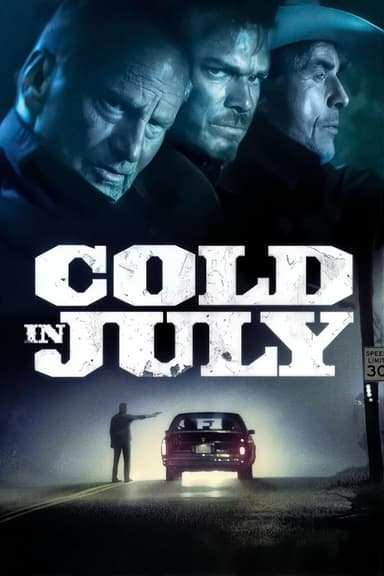
The Chase
1966 • Crime, Drama • NR
The escape of Bubber Reeves from prison affects the inhabitants of a small Southern town.
Runtime: 2h 15m
Why you should read the novel
Before you watch The Chase (1966), discover the power of Horton Foote’s original novel The Chase. Foote’s book immerses you in small-town Texas with layered characters, intimate tensions, and nuanced moral stakes the screen can only suggest.
Reading The Chase novel by Horton Foote gives you richer backstories, interior perspectives, and a slow-burn intensity that heightens every choice and consequence. It is classic American storytelling, full of empathy, social insight, and atmosphere that rewards close reading.
If you love literary drama, start with the source. Choose the book instead of watching the movie first to experience Foote’s voice unfiltered, perfect for book clubs and readers who crave depth, texture, and lasting emotional impact.
Adaptation differences
Curious about the differences between The Chase book and movie? The Horton Foote novel unfolds with patient, internalized tension, while the 1966 film drives momentum through cross-cutting and public spectacle. The result is a shift from quiet psychological pressure on the page to kinetic ensemble turmoil on screen.
Tone and emphasis also diverge. Foote’s prose leans into observant Southern realism, allowing moral ambiguities to surface gradually. The film, shaped by its era and screenplay choices, heightens violence, scandal, and social flashpoints, making the community’s breakdown more sensational and immediate than the novel’s restrained, reflective approach.
Characterization changes are notable. The book’s interior access clarifies motives and guilt, especially around Sheriff Calder, Bubber Reeves, and the tangled relationships that fuel the plot. The movie streamlines arcs and sharpens confrontations, sacrificing some nuance for dramatic clarity and star-focused moments that reframe sympathy and blame.
Structure and scope differ as well. The novel’s timeline and subplots breathe, giving the town’s hierarchy and gossip a steady, corrosive presence. The film compresses events, merges or trims minor figures, and foregrounds confrontations, shifting the ending’s emphasis toward public chaos rather than the novel’s more lingering, inward reckoning.
The Chase inspired from
The Chase
by Horton Foote










